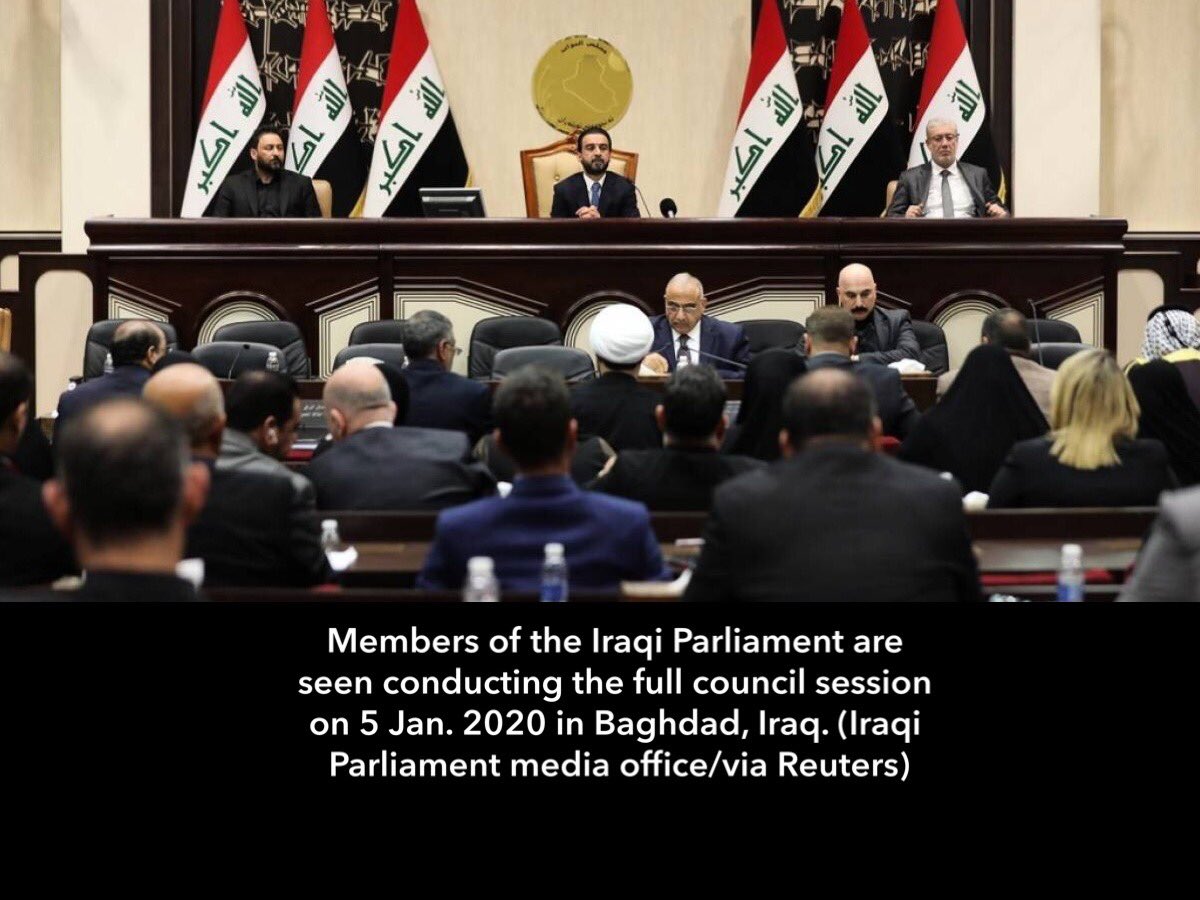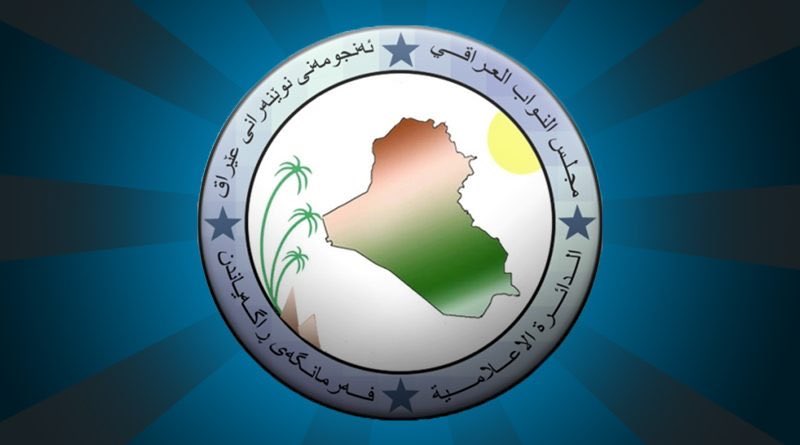Drones and precision guidance have given Tehran new ways to inflict pain in an all-out war, analysts say.
Travelers said agents in Washington state asked unusual questions of Iranian Americans and detained families for many hours. U.S. officials say it was because of low staffing.
Tehran has list of 13 retaliation options for Suleimani killing
Military leader vows ‘tough, strong, decisive’ revenge
Iran’s Fars News agency now says 56 people killed were killed in the funeral crush in Kerman. It said 35 men and 21 women were killed and 213 people injured.
Iran’s foreign ministry has summoned the UK ambassador to Iran, Rob Macaire, following what state media describes as “unacceptable remarks” by Boris Johnson and Ben Wallace.
Iran’s foreign ministry has summoned the UK ambassador to Iran, Rob Macaire, following what state media describes as “unacceptable remarks” by Boris Johnson and Ben Wallace.
Dozens of people have been killed in a crush in the south-eastern Iranian city of Kerman, where hundreds of thousands of mourners have gathered for the burial of the military commander Qassem Suleimani. State media said
Suleimani’s burial has been postponed due to the size of the crowd. It comes a day after Iranian police said millions gathered to mourn Suleimani in Tehran, in the largest turnout since the 1989 funeral of Ayatollah Ruhollah Khomeini.
The S-500 is not an upgrade of the S-400, but rather a new design. It uses a lot of new technology and is superior to the S-400. It was designed to intercept ballistic missiles.
It has been reported that there is also an S-1000 system, that is being developed in Russia.
Secretary of state Mike Pompeo, who was sitting next to the president, then jumped in to say the drafting of the letter had been a mistake.
Taking questions from reporters in the Oval Office, Trump brushed off concerns about John Bolton, his former national security adviser, potentially testifying in a Senate impeachment trial.
Speaking to reporters in the Oval Office alongside the Greek prime minister, Trump claimed the US strike that killed Iranian general Qassem Suleimani was “retaliation.”
TRUMP: I mean, really. He’s a very good person. And a tough guy, but look, he has to be. I think he is going to be a terrific president of France. But he does love holding my hand.
TRUMP: Look, there are so many conflicts that everybody has . . . Do you know how many conflicts of interests there are? But then, then Comey also says that he did something in order to get the special prose—




